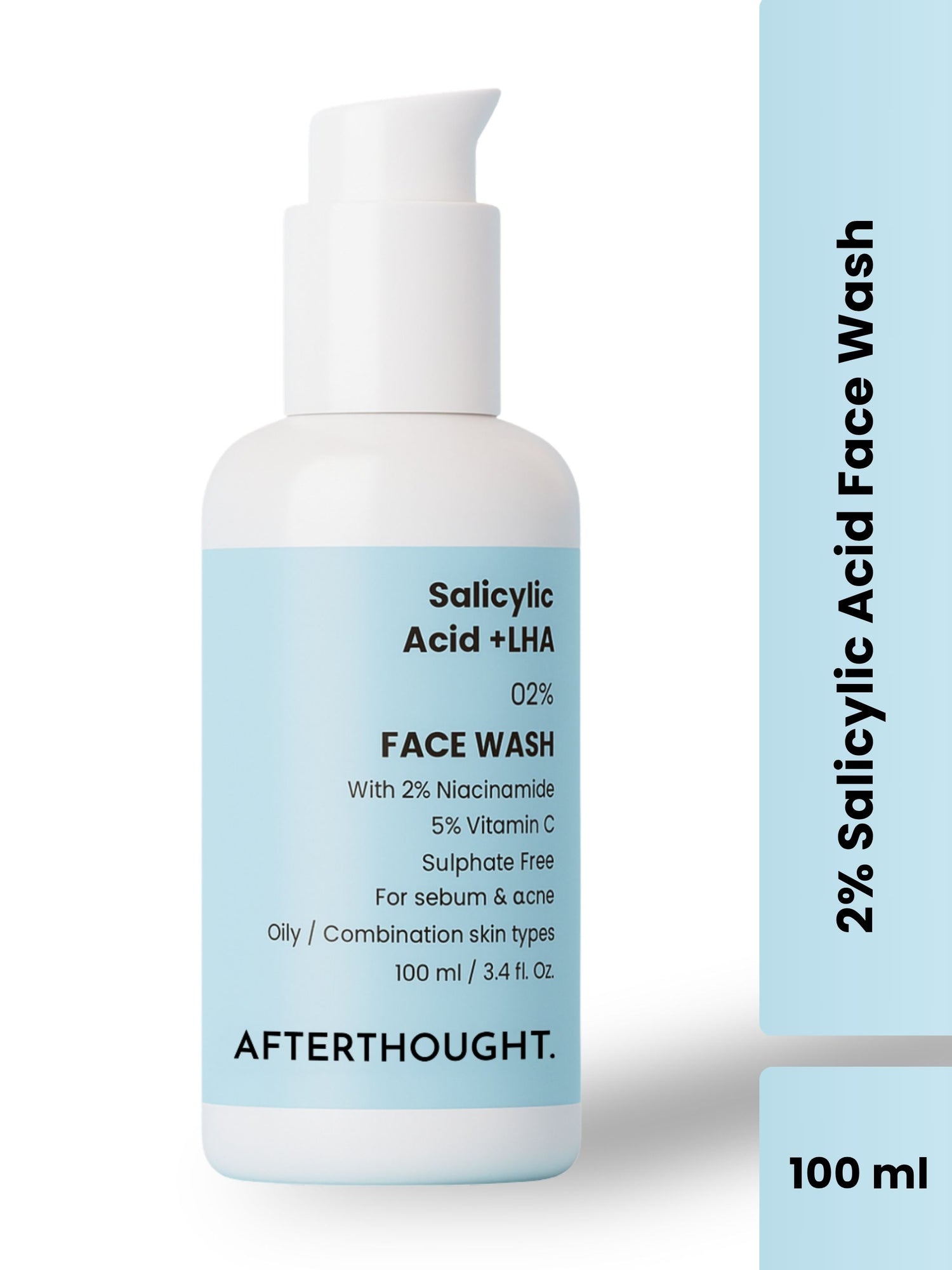What Is The Difference Between Milk Teeth and Permanent Teeth?
Afterthought IndiaTeeth are a crucial part of human development, playing vital roles in eating, speaking, and maintaining the structure of the face.
As we grow, our teeth undergo significant changes, transitioning from the initial set known as milk teeth to the permanent teeth that we carry into adulthood.
Understanding the differences between these two sets of teeth is essential for parents and individuals alike, as it helps in managing dental health throughout life.
What Are Milk Teeth?
Milk teeth, also known as primary or deciduous teeth, are the first set of teeth that develop in a child's mouth. These teeth typically start to appear around six months of age and are usually fully erupted by the age of three. A full set of milk teeth consists of 20 teeth: ten in the upper jaw and ten in the lower jaw.
Characteristics of Milk Teeth
Size and Shape: Milk teeth are generally smaller and whiter than permanent teeth. Their roots are also shorter and less robust, making them more prone to loosening and eventually falling out.
Function: The primary function of milk teeth is to hold space for the permanent teeth that will eventually replace them. They also help in the development of speech and the ability to chew food properly.
Timeline: Milk teeth start to fall out around the age of six, a process known as exfoliation. This continues until about age 12, by which time all the milk teeth are typically replaced by permanent teeth.
Sensitivity: Milk teeth are more sensitive than permanent teeth due to their thinner enamel and larger pulp chambers. This makes them more susceptible to cavities and decay.
What Are Permanent Teeth?
Permanent teeth, also known as adult or secondary teeth, are the set of teeth that replace the milk teeth. These teeth start to emerge around the age of six and continue to develop into the early twenties, with the wisdom teeth being the last to appear. A full set of permanent teeth consists of 32 teeth, including molars, premolars, canines, and incisors.
Characteristics of Permanent Teeth
Size and Shape: Permanent teeth are larger, stronger, and more deeply rooted than milk teeth. They have a more complex structure, including thicker enamel and a more robust root system, making them less prone to damage.
Function: Permanent teeth are designed to last a lifetime, playing a critical role in maintaining the alignment and structure of the jaw and face. They are essential for proper chewing, speaking, and overall oral health.
Timeline: The eruption of permanent teeth begins with the first molars around the age of six, followed by the replacement of the front milk teeth. The process continues until the wisdom teeth emerge, usually between the ages of 17 and 25.
Durability: Unlike milk teeth, permanent teeth are not replaced once lost. They are designed to withstand daily wear and tear, with a thicker enamel layer providing better protection against decay.
Key Differences Between Milk Teeth and Permanent Teeth
Number: Milk teeth consist of 20 teeth, while permanent teeth include 32 teeth.
Structure: Milk teeth have thinner enamel and larger pulp chambers, making them more susceptible to cavities. Permanent teeth have thicker enamel and stronger roots, providing better protection and durability.
Functionality: Milk teeth serve as placeholders for permanent teeth, aiding in the development of speech and chewing habits. Permanent teeth are designed to last a lifetime, with a focus on maintaining oral health and facial structure.
Lifespan: Milk teeth are temporary and are replaced by permanent teeth during childhood and adolescence. Permanent teeth are meant to last throughout adulthood, requiring proper care to prevent decay and loss.
Importance of Care for Both Sets of Teeth
Caring for both milk and permanent teeth is essential to ensure long-term dental health. Proper hygiene practices, including regular brushing, flossing, and dental check-ups, should be established early on.
For children, it's important to monitor the health of milk teeth, as decay or premature loss can affect the development of permanent teeth. Once permanent teeth emerge, maintaining a healthy diet, avoiding excessive sugar, and practicing good oral hygiene are crucial to prevent cavities, gum disease, and other dental issues.
Conclusion
The transition from milk teeth to permanent teeth is a natural part of human growth and development. Understanding the differences between these two sets of teeth helps in appreciating their unique roles and the importance of caring for them.
By fostering good dental habits early on and continuing them into adulthood, individuals can ensure that their permanent teeth remain healthy and functional throughout their lives.
Also Read: The Best Way To Whiten Your Teeth at Home?

